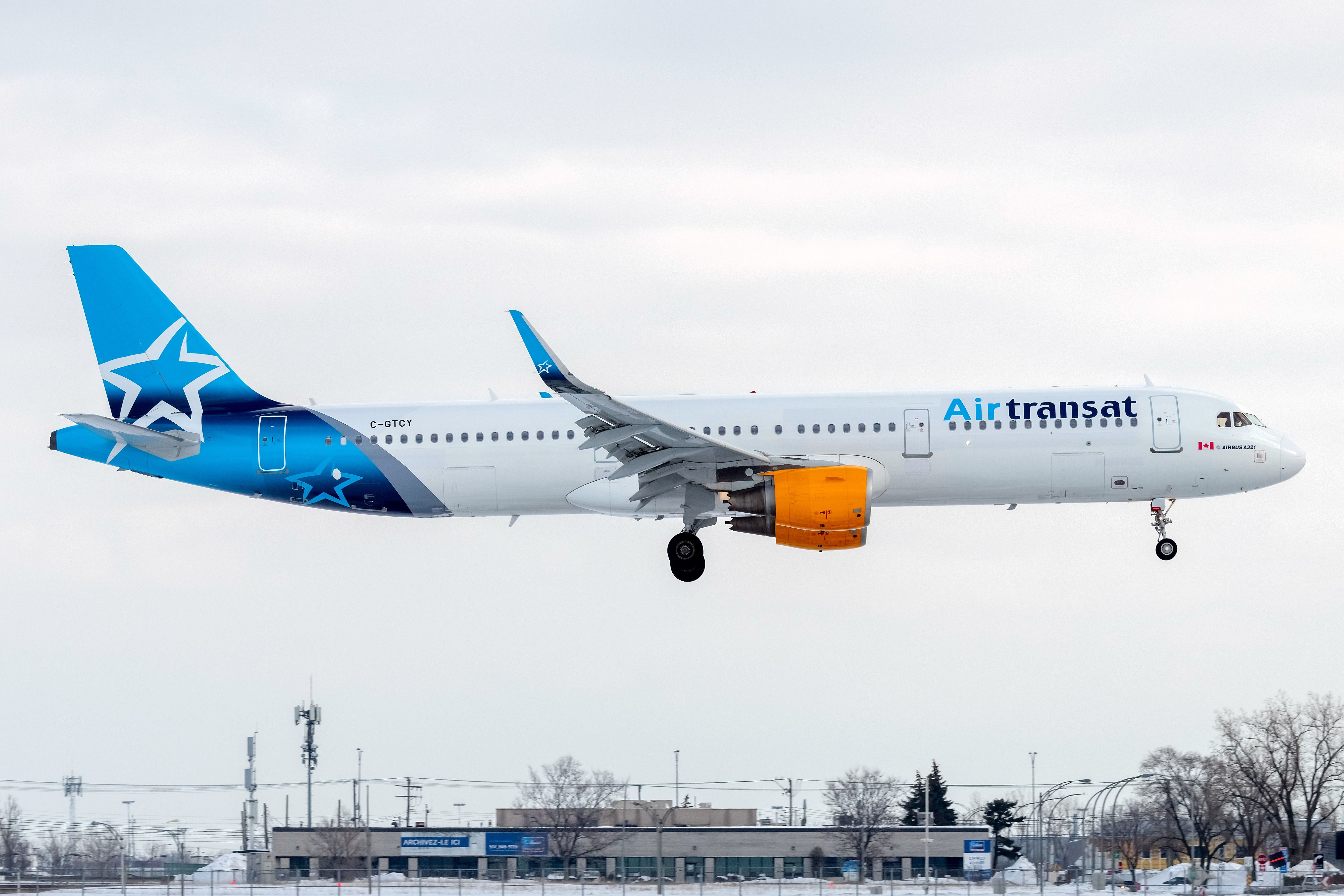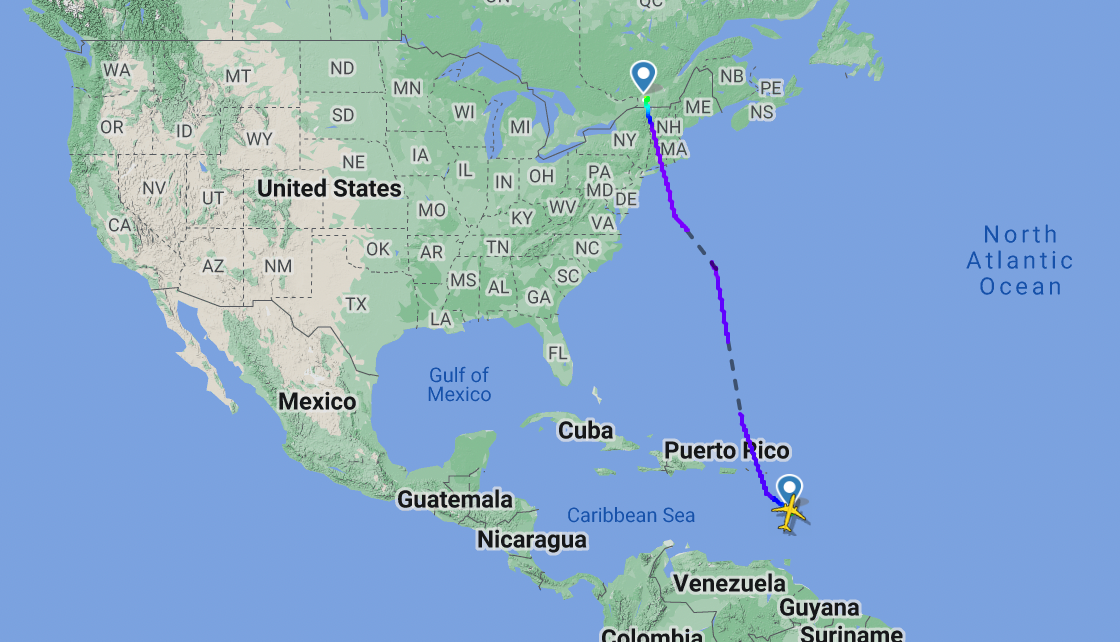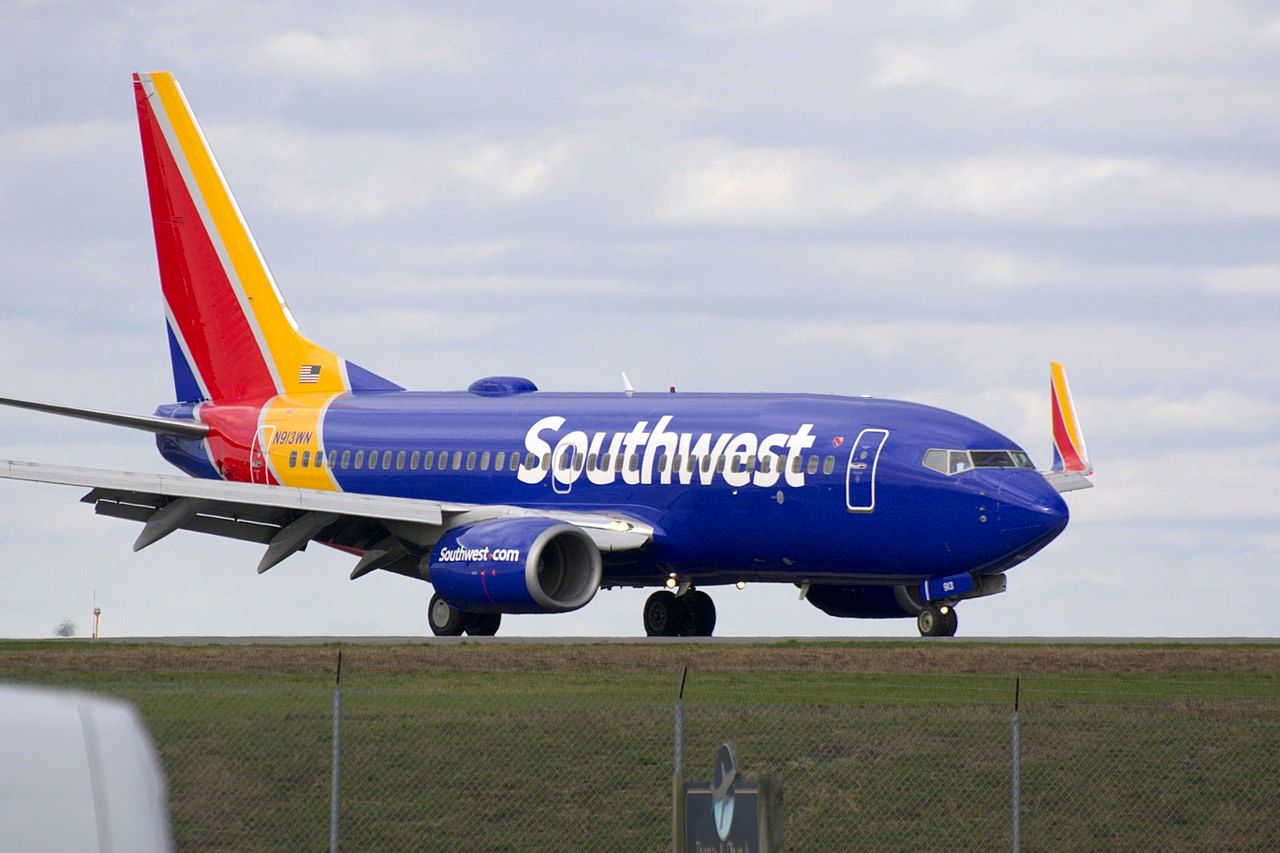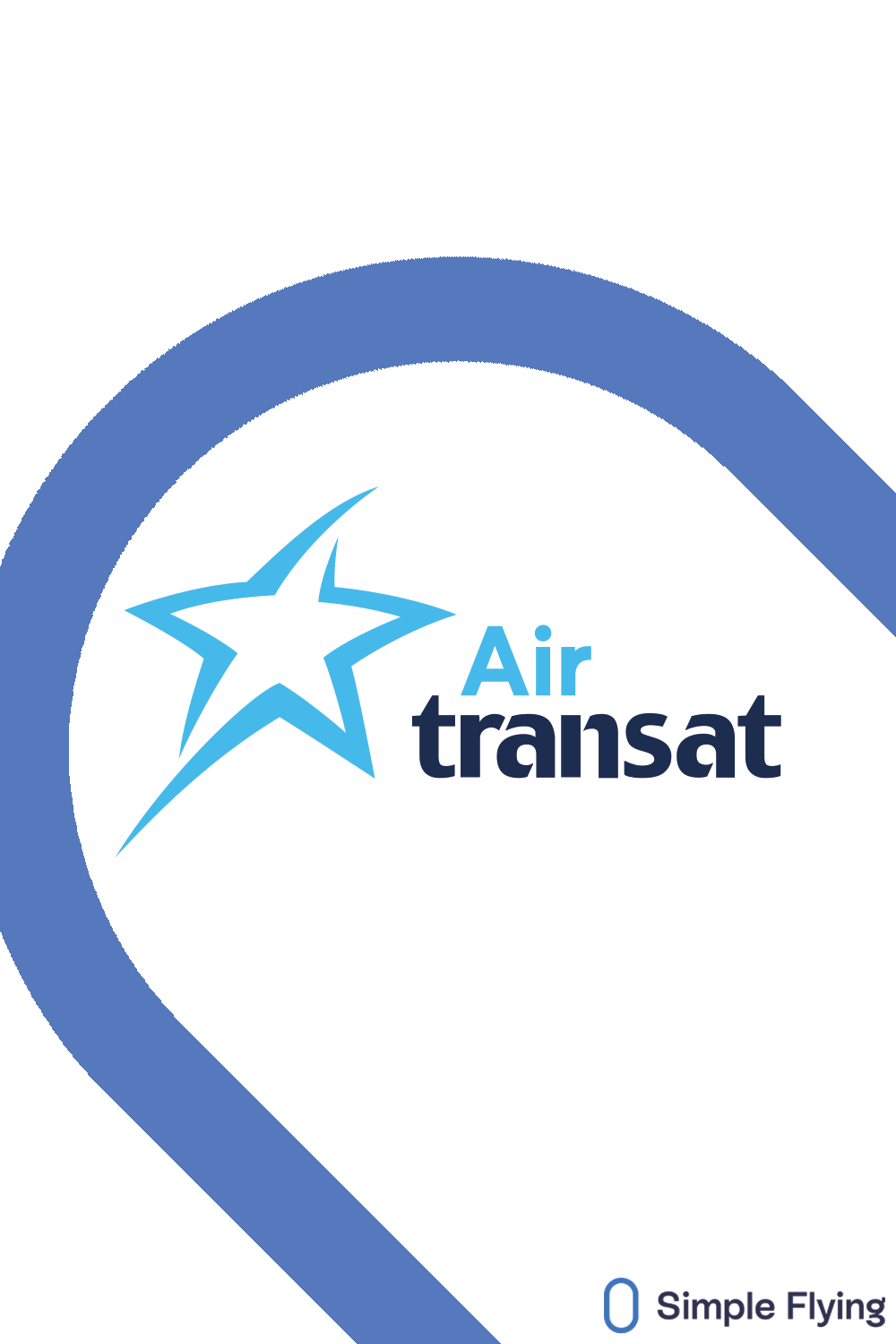On March 18th, an Air Transat Airbus A321 was flying from Fort-de-France to Montreal when the aircraft's first officer became incapacitated. The incident occurred as the aircraft was flying over the United States, 200NM south of Montreal.
Incident details
According to The Aviation Herald, the March 18th incident took place aboard Air Transat flight TS739, an Airbus A321-200 service from Fort-de-France, capital of the French territory of Martinique to Montreal, Canada.
The flight took off at 13:34, 34 minutes past its scheduled departure time. According to FlightRadar24.com data, the A321 reached a cruising altitude of FL320 approximately 25 minutes after takeoff. The aircraft increased its cruising altitude twice more during the flight, going up to FL340, and then FL360. 191 people were onboard the A321-200, which was registered C-GTCY.
At FL360, about 200NM south of Montreal, the first officer reportedly became incapacitated. The Canadian Transportation Safety Board reported that a second officer was available onboard and was thus able to replace the incapacitated first officer. Unfortunately, no additional details on the first officer's condition were made available.
Get the latest aviation news straight to your inbox: Sign up for our newsletters today.
The first of two incapacitated pilot incidents within a week
This Air Transat incident was actually the first of two incidents of its kind happening within the span of a week. Indeed days later, on March 22nd, a Southwest Airlines flight from Las Vegas (Nevada) to Columbus (Ohio), saw its captain become incapacitated.
The Aviation Herald notes that the Boeing 737-700 was en route at FL370 about 160nm northeast of Las Vegas when the first officer radioed air traffic control to notify them that the captain was complaining about stomach pain. It was then noted that the captain then became incapacitated. In a similar resolution to the Air Transat situation, another pilot was available to step in. In this case, it was a passenger that was an off-duty, fully-licensed pilot for a different airline.
A case against single-pilot operations
Despite two such instances taking place within a week, these cases are thankfully quite rare. However, the top priority for aviation is safety. Thus, the reality of the occasional "incapacitated pilot" incident is one strong argument against the possibility of single pilot operations. Two pilots in the cockpit provide redundancy so that if one of the aircraft's pilots were to become incapacitated, the other pilot could take over the full operation of the aircraft and perform a landing.
Last month, a Reuters report noted that the European Union Aviation Safety Agency (EASA) had ruled out single-pilot flights by 2030. However, the regulator was reportedly still evaluating proposals from Airbus and Dassault Aviation. This could see limited single-pilot operation for parts of the flight as early as 2027.
It would appear, however, that some proposals for single-pilot operations would still include at least one other pilot onboard the aircraft. This is the case for Airbus and Cathay Pacific's 'Project Connect', which envisions a fatigued pilot being able to rest in the crew rest area while the other pilot flies solo during less-demanding portions of the flight, and not takeoff or landing.
But what are your thoughts on these recent 'incapacitated pilot' incidents? Share your thoughts by leaving a comment.
Sources: FlightRadar24.com, The Aviation Herald




